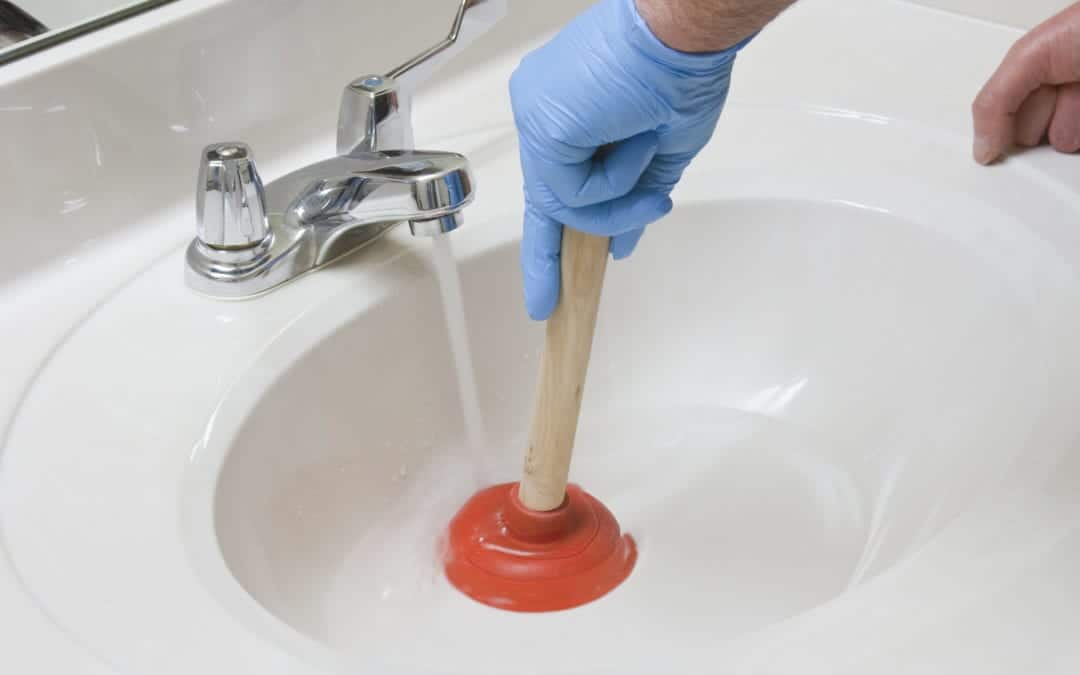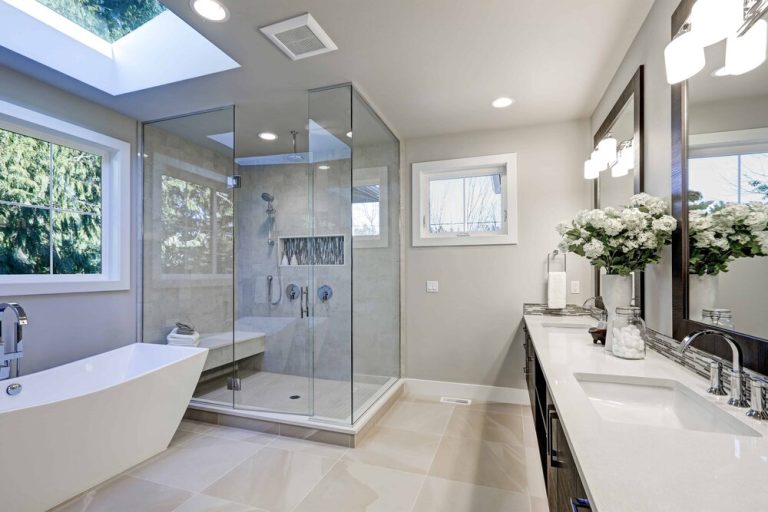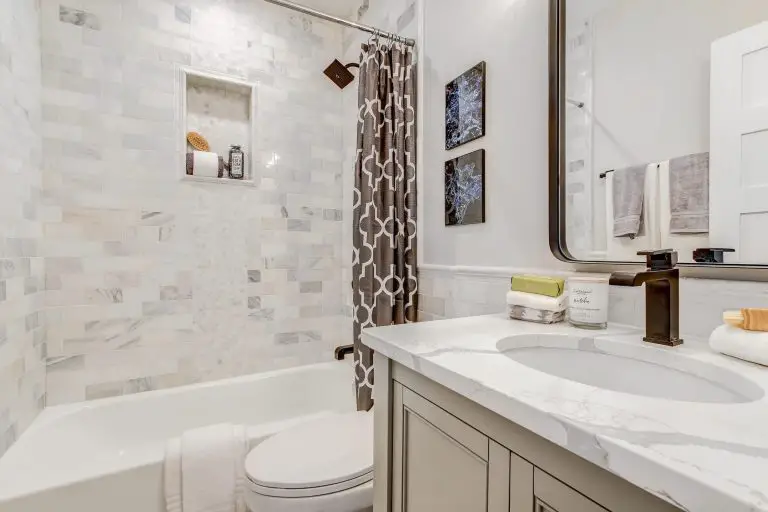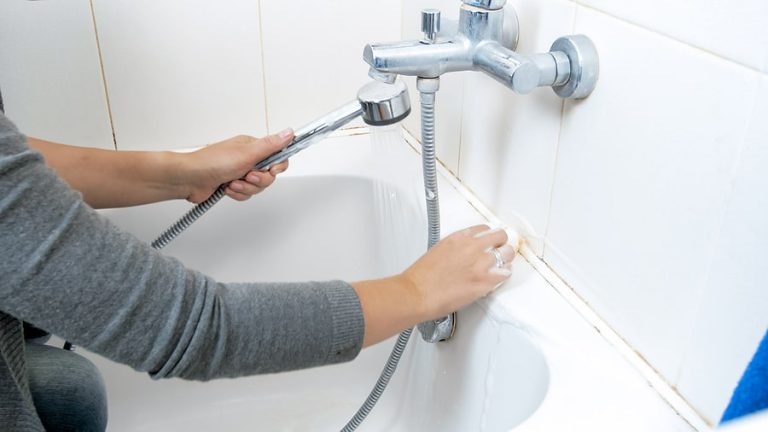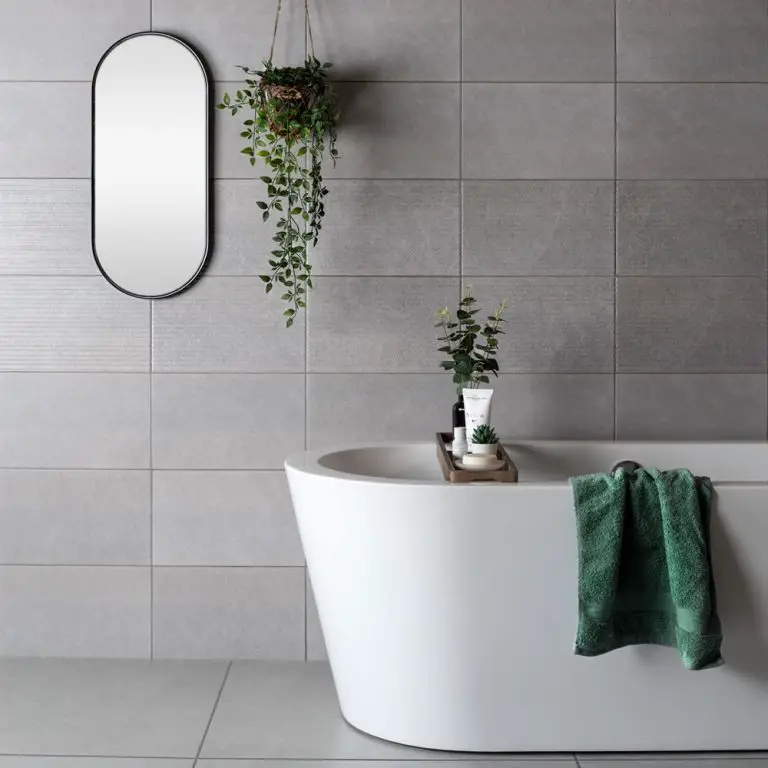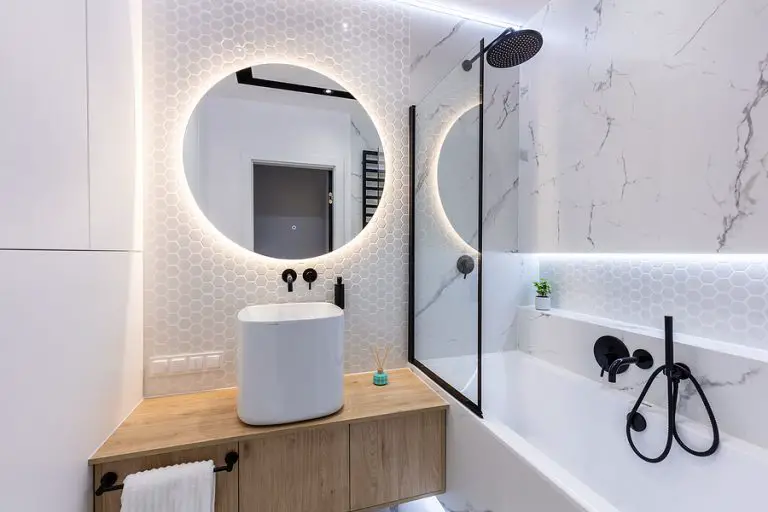Bathroom Sink Not Draining
Having a clogged bathroom sink is a common issue that can be a nuisance to deal with. It can become a serious problem if it is not treated properly and can cause a build-up of bacteria and mold, as well as an unpleasant smell. In order to fix the problem, it’s important to identify the cause and take the necessary steps to unclog the sink. Common causes of a bathroom sink not draining include hair, debris, and soap buildup in the drain pipe. With the right tools and techniques, it’s possible to unclog the drain and restore the sink’s proper drainage.
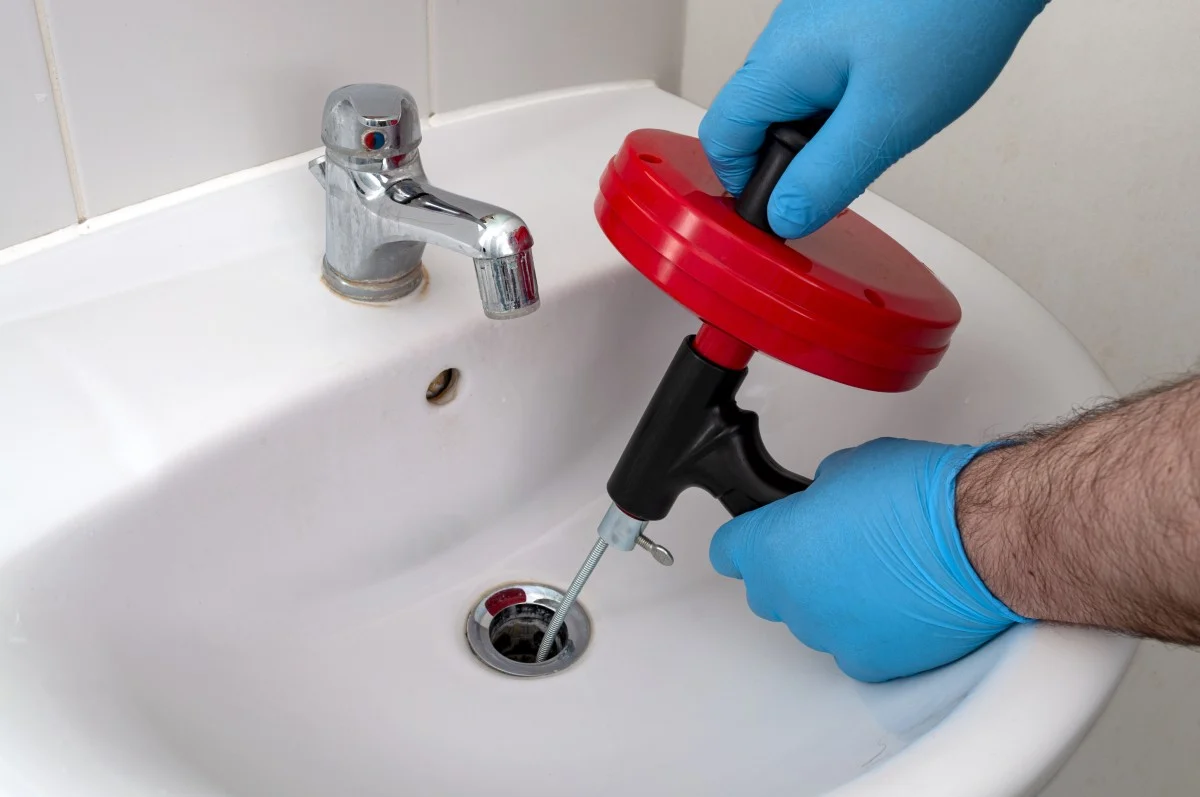
Identifying the Problem
Bathroom sink clogs are one of the most common plumbing problems. If your sink isn’t draining properly, it can be difficult to know where to start to identify the problem. The first step is to take a close look at the sink and observe what is happening. Is the sink backing up with water? Is the water draining slowly? Or is the water not draining at all?
Next, you should remove the drain stopper and check for any blockages. Clogs can be caused by a buildup of hair, soap scum, and other debris. If the clog is close to the drain opening, you may be able to remove it manually. However, if the clog is farther down the drainpipe, you will need to use a plumbing snake to reach it.
If the clog is still not cleared, you should check the trap underneath the sink for any blockages or clogs. The trap is a curved portion of the drainpipe that prevents sewer gases from entering the home. It can become blocked by debris or a buildup of grease, which can cause a clog.
Finally, if the clog is still not cleared, you should check the vent stack for any blockages. The vent stack is a vertical pipe that runs from the sink drain up to the roof. It provides ventilation for the drain system, and if it is blocked, it can cause a backup of water in the sink.
Identifying the source of a bathroom sink clog is key to solving the problem. By taking a close look at the sink, and checking for blockages in the drain, trap, and vent stack, you can effectively identify the cause and take the necessary steps to unclog your sink and get it draining properly.
Troubleshooting Common Causes
It’s an all too common problem – you turn on the faucet expecting a steady stream of water, only to find that the sink is clogged and not draining. If your bathroom sink is not draining, it can be a source of frustration. But before you call a plumber, there are some simple troubleshooting steps you can take to try and diagnose and fix the issue.
The most common cause of a clogged sink is a build-up of hair, soap, and other debris in the drain. This can be easily remedied by using a plunger to try and dislodge the clog. If you don’t have a plunger, you can try using a plumber’s snake, or a solution of baking soda and vinegar.
Another common cause of a clogged sink is the trap, which is the curved piece of pipe beneath the sink. This trap can become clogged with dirt and debris, preventing the water from draining. To clear a clogged trap, you’ll need to remove the drain stopper and use a plumber’s snake or a small wire brush to clear the clog.
In some cases, the problem may be caused by a venting issue. If your sink is not draining properly, check the vent line to make sure it is clear of debris. If the line is clogged, you can use a wire brush to clear the clog.
Before you call a plumber, make sure to try these simple troubleshooting steps to diagnose and fix the issue. With a little bit of effort, you can get your bathroom sink draining properly again in no time.
Unclogging a Blocked Sink
Having a blocked sink can be one of the most frustrating plumbing issues to deal with in your home. Often, it’s hard to tell what’s causing the blockage. Fortunately, there are several steps you can take to unclog your sink without having to call a plumber.
The first step in unclogging a blocked sink is to remove the drain stopper. This will allow you to access the P-trap, which is the curved section of the pipe that connects the sink to the drain. Use a plumbing snake or a plunger to try to loosen any clogs or debris that may be present in the P-trap. If you don’t have a plumbing snake, you can use a wire hanger or a clothes hanger to try and dislodge the clog.
If the clog still won’t budge, you may need to use a chemical drain cleaner. Make sure to read all the instructions on the product before using it, as some chemical cleaners can corrode the pipes if used incorrectly. After the cleaner has been used, run hot water through the sink for several minutes to ensure any residue has been flushed away.
Finally, if the sink is still clogged, you may need to replace the P-trap. This is a more involved job, so you may want to call a plumber if you don’t feel comfortable doing it yourself.
Unclogging a blocked sink is an annoying but manageable job. With the right tools and a bit of patience, you can have your sink draining properly in no time.
Replacing a Faulty Sink Stopper
Having a bathroom sink that won’t drain can be an annoying problem. The most common cause for this is a faulty sink stopper, which is a specific type of drain that is designed to stop the flow of water. Replacing a faulty sink stopper can be done relatively easily, and it’s a great DIY project that can save you money and time.
First, you’ll need to remove the stopper. It can be done by unscrewing the knob on the sink, which will give you access to the drain. Once the stopper has been unscrewed, you can use a pair of pliers to gently remove it. If the stopper is stuck, it may require some wiggling and gentle force to remove it.
Once the stopper is removed, you’ll need to purchase a new one. You can find these at most hardware stores, and they come in various sizes and materials. Make sure to measure the size of your existing stopper before purchasing a new one so that you get the right fit.
Once you have your new stopper, you’ll need to install it. This can be done by simply inserting the stopper into the drain and tightening the knob. You may need to use pliers to ensure that the stopper is tightened properly. Once the stopper is in place, you should be able to turn the knob to open and close it.
Replacing a faulty sink stopper is an easy and affordable DIY project that can help you get your sink draining properly again. With the right tools and a little bit of patience, you can have your bathroom sink draining like new!
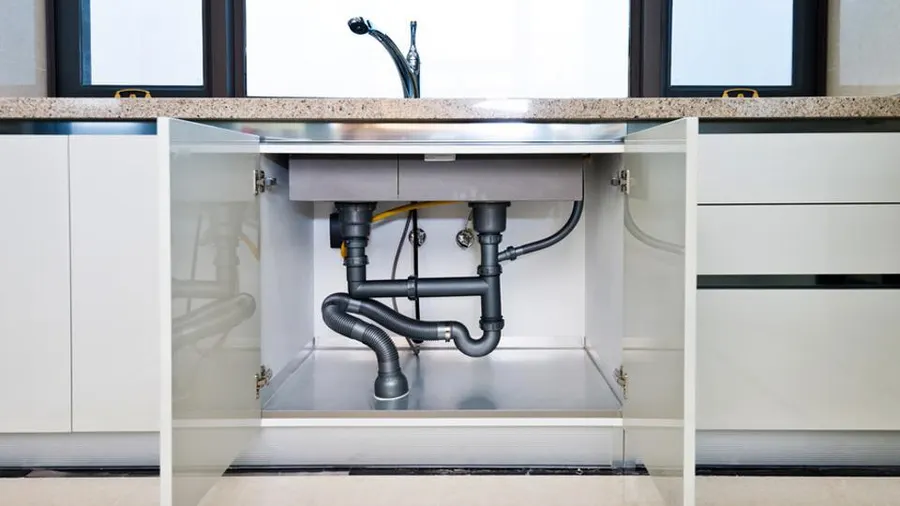
Credit: www.forbes.com
Replacing a Broken Drain Pipe
When it comes to bathroom sink drainage problems, replacing a broken drain pipe can be the solution. It’s a job that requires basic plumbing skills and a few tools, but it’s one that most homeowners can tackle on their own. To replace a broken drain pipe, you’ll need to start by turning off the main water supply to the house. Next, remove the sink drain trap to gain access to the broken pipe. Once the old pipe is removed, it’s time to measure and cut a new one to the same length. Finally, use plumbers tape and screws to secure the new pipe in place, then reattach the drain trap and turn the water back on. With a few simple steps, you can replace a broken drain pipe and get your bathroom sink draining properly again.
Installing a New Sink Drain
No one enjoys a clogged bathroom sink. It can be an irritating inconvenience that is easily remedied by installing a new sink drain. Replacing a sink drain isn’t as difficult as it sounds, and is a job most people can do in an afternoon with the right tools and materials.
The first step should be to shut off the water to the sink and remove the old sink drain. This can generally be done by removing the pop-up stopper, unscrewing the drain flange, and removing the sink tailpiece. Once the old sink drain is out, you’ll need to measure the sink and buy the new sink drain accordingly.
The actual installation of the new sink drain requires some basic plumbing skills, such as assembling the drain components, attaching the drain to the sink, and connecting the drain to the P-trap. If this is your first time replacing a sink drain, it is important to make sure that you have the right tools and materials. If you’re uncertain, it is best to consult a plumber.
Replacing a sink drain may seem like an intimidating task, but it is quite straightforward. With the right tools and materials, you can have your bathroom sink draining in no time.
Tips for Maintaining a Properly Draining Sink
Having a clogged sink can be a major inconvenience in the bathroom. Without proper maintenance, clogs can easily form in the drain, causing water to back up and overflow. Thankfully, there are a few simple steps that can be taken to ensure that your bathroom sink drains properly.
First, make sure that the pipes beneath the sink are clear. Clogs in the pipes can easily form when hair, soap scum, and other debris accumulate. To prevent clogs, use a snake to clear the pipes of any blockages. Additionally, be sure to use a mesh or drain filter to catch any debris and prevent it from going down the drain.
Second, use a solution of baking soda and vinegar to clean the drain. This mixture will help to break down any tough clogs while also disinfecting the drain. Additionally, you can use a sink plunger to help clear the clog from the sink. If these methods do not work, you may need to contact a professional plumber.
Finally, use the appropriate drain cleaner for your sink. While chemical drain cleaners are effective, they can be damaging to your pipes and may cause corrosion. Instead, opt for an enzymatic drain cleaner that works to break down organic matter.
Maintaining a properly draining sink doesn’t have to be complicated. With a few simple steps, you can prevent clogs and keep your bathroom sink in top condition.
FAQs About the Bathroom Sink Not Draining
How can I fix a clogged bathroom sink?
To fix a clogged bathroom sink, you can try plunging the sink to dislodge the clog or use a chemical drain cleaner. If neither of these methods works, you may need to remove the sink trap and clear out the clog manually.
What could be causing my bathroom sink to not drain?
The most common cause of a bathroom sink not draining is a clog in the drain or trap. Other possible causes include a broken drain stopper, a damaged sink trap, or a restricted vent pipe.
How often should I clean my bathroom sink trap?
It is recommended that you clean your sink trap every six months to prevent clogs. This can be done by unscrewing the trap, removing the clog, and then replacing it.
Conclusion
A bathroom sink not draining is a common problem that can usually be easily remedied with some simple steps. If the clog is minorthen a plunger or chemical drain cleaner can be used. If the clog is more severe, then a snake or auger may be necessary. If all else fails, a professional plumber should be consulted.

